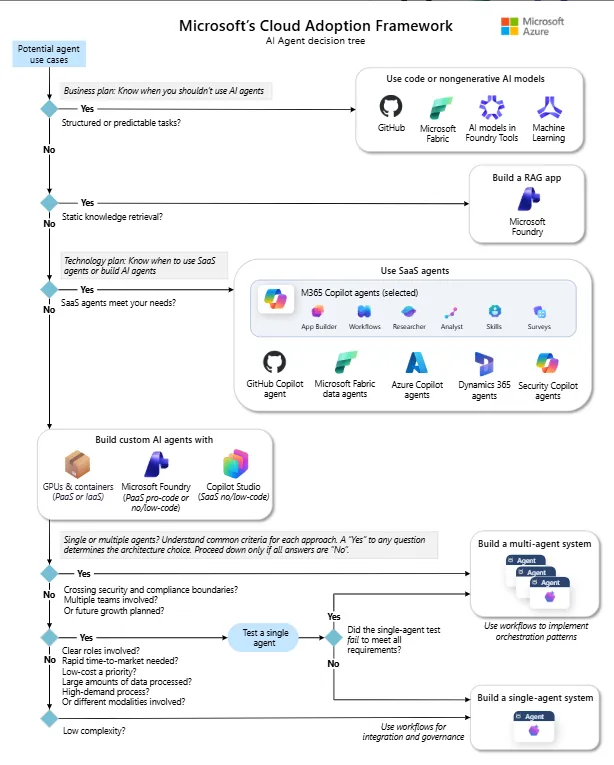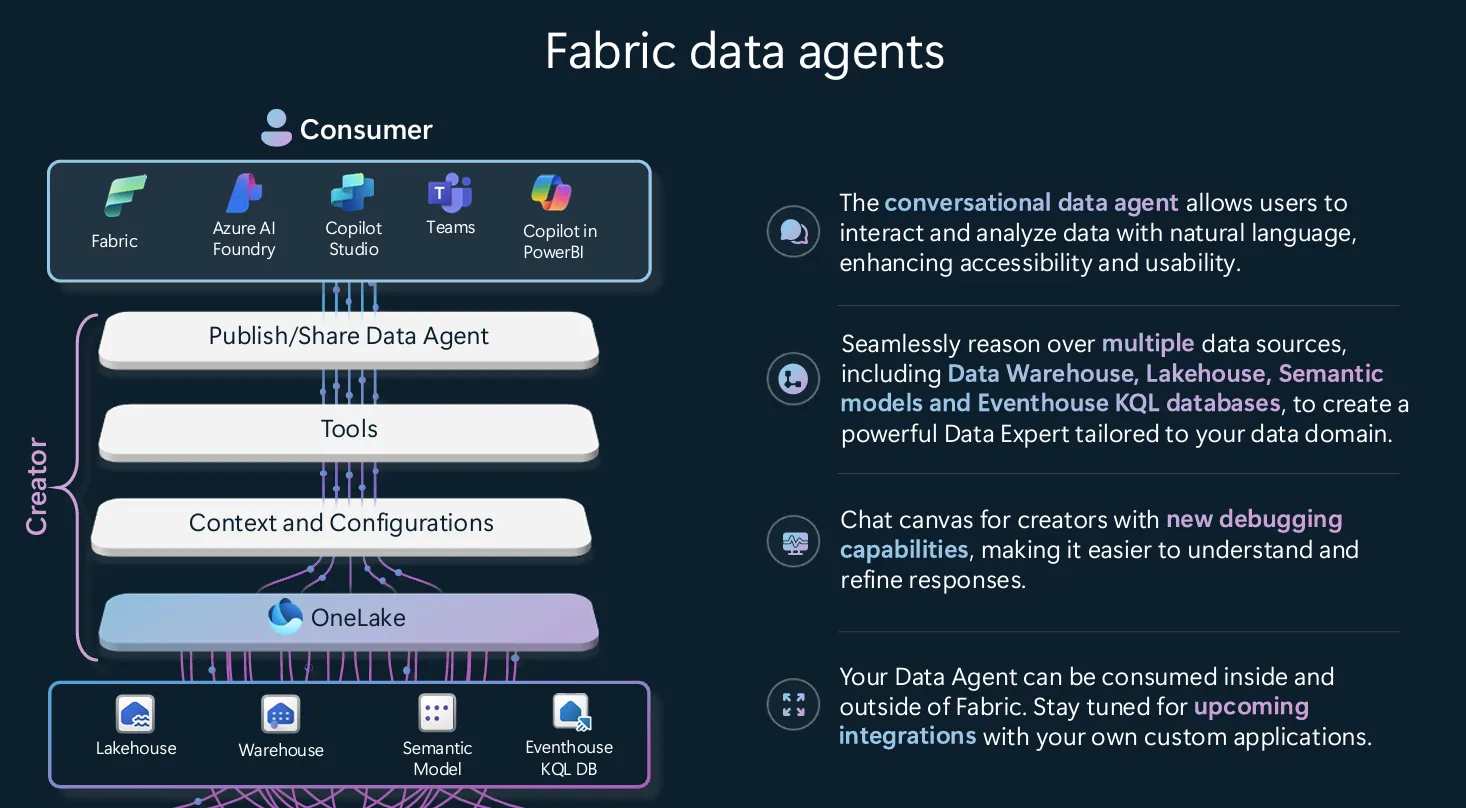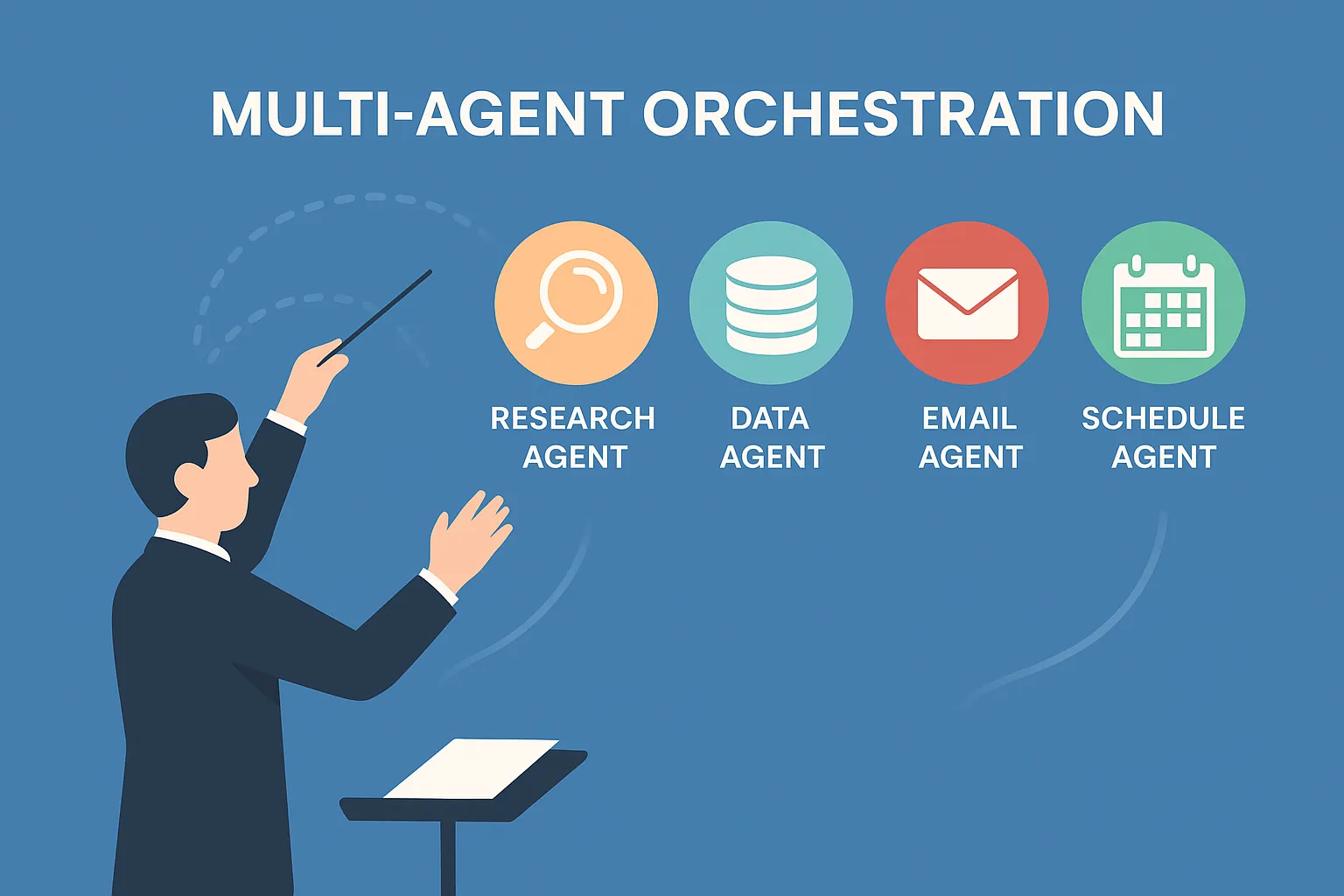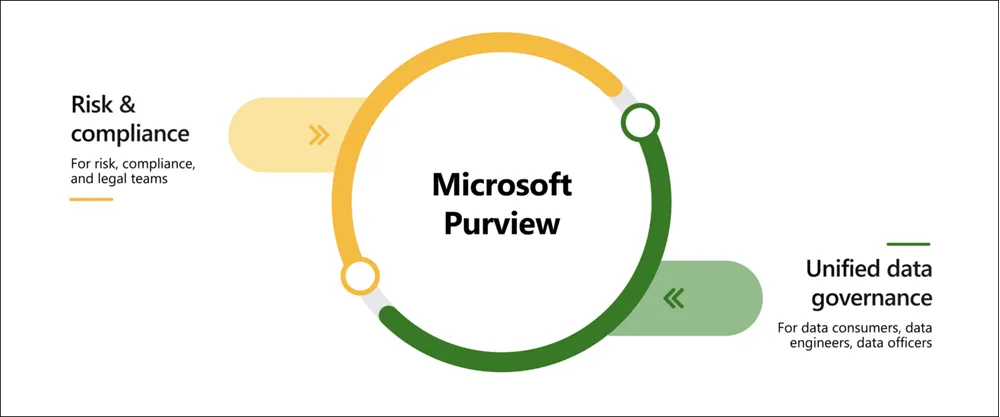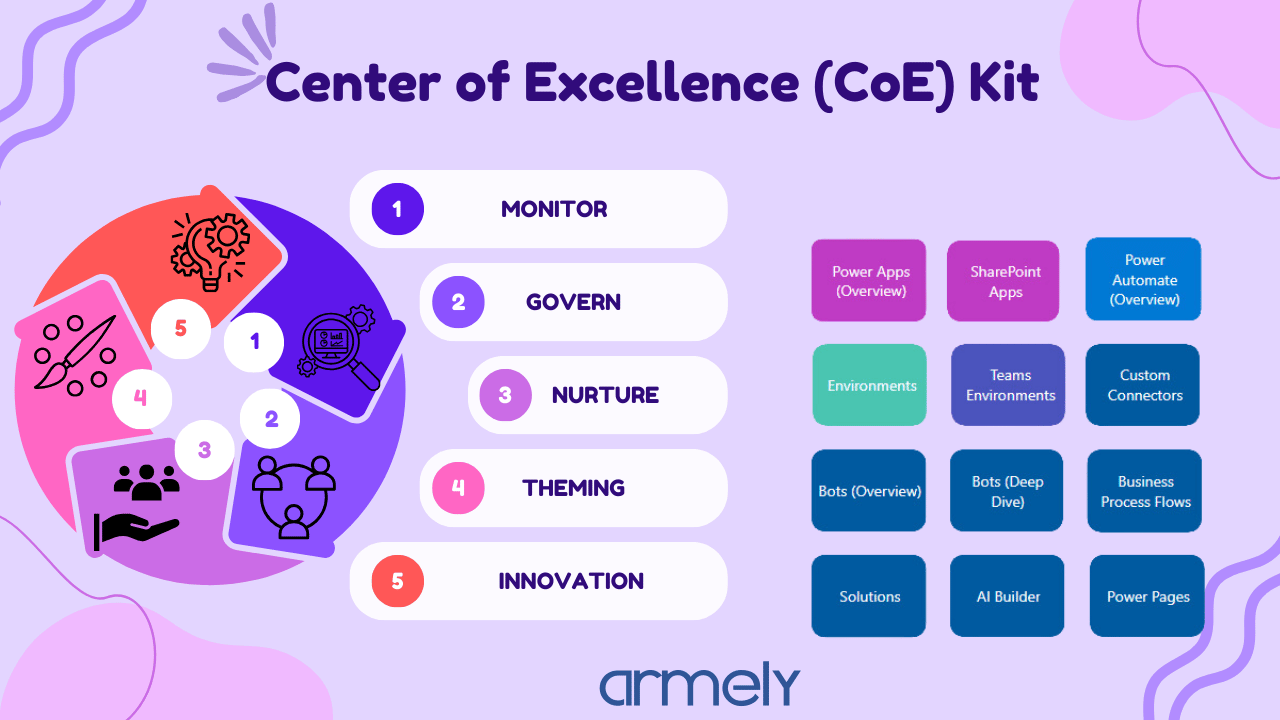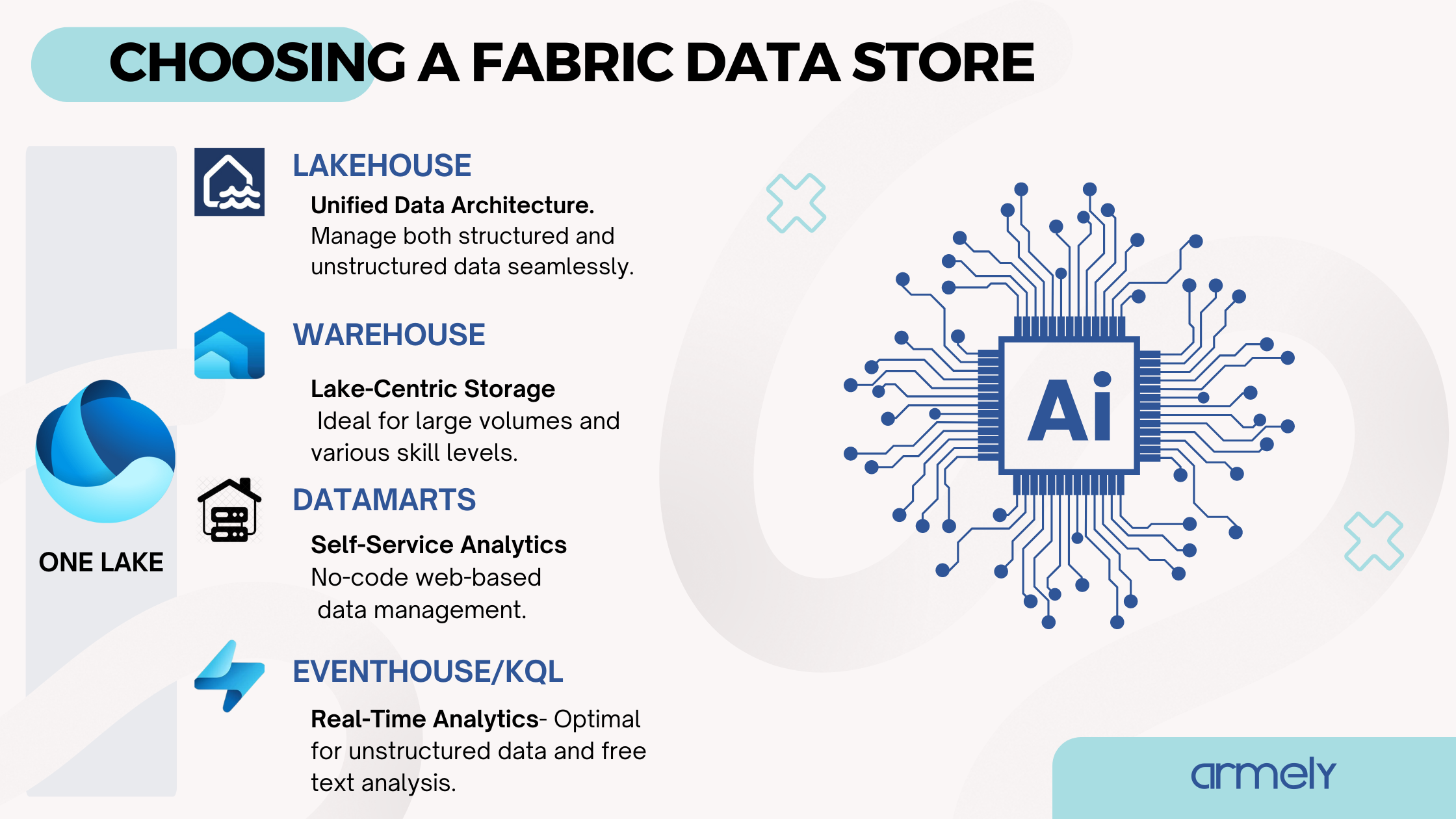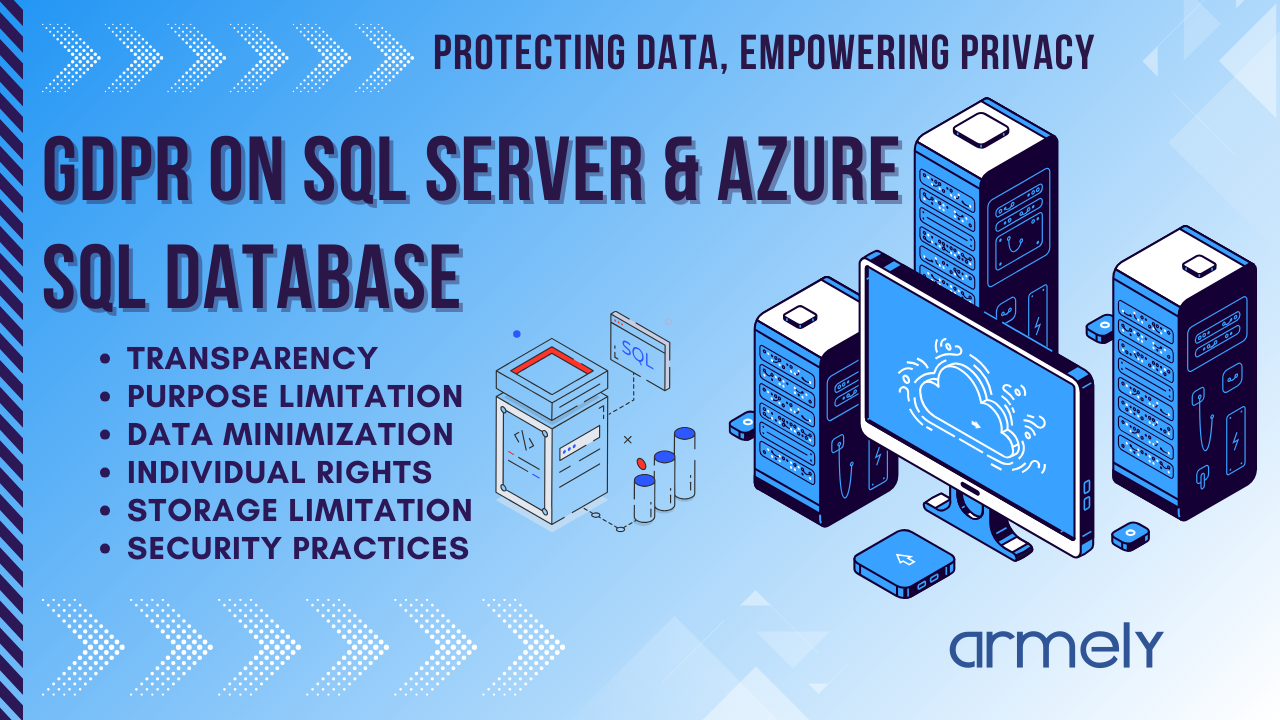Building a Data Strategy For Your Organization
How to turn a step-by-step framework into a real-world success story with insights, mindset shifts, and execution tips.
Introduction
“Strategy without tactics is the slowest route to victory. Tactics without strategy is the noise before defeat.”
— Sun Tzu
A well-defined data strategy is essential for any organization looking to thrive in today’s data-driven world. While our step-by-step template provides the framework, this guide will help you understand the broader context and practical considerations—adding perspective, common pitfalls, and real-world advice to help you not just fill out a plan but implement one that works.
Think of this as the "why" and "how" to complement the "what" in your data strategy. We'll explore common pitfalls, the mindset needed for success, and how to bring strategy to life through execution.
Why a Data Strategy Is Crucial
A data strategy is more than just a document, it’s a roadmap for using data to drive business outcomes. Without one, organizations risk:
- Data silos: Teams working in isolation, leading to inefficiencies.
- Poor data quality: Inaccurate or inconsistent data impairs decision-making.
- Missed opportunities: Insights remain untapped, leaving value on the table.
With a strong data strategy, organizations can align data efforts with business goals, improve operational efficiency, and gain a competitive edge.
For example, a logistics company may reduce delivery times by integrating real-time tracking data with predictive route planning.
Highlights from Our Data Strategy Event
Recently, we hosted an exclusive webinar tailored for C-suite executives focused on harnessing the power of data to drive strategic decisions and gain a competitive edge.
🎥 Watch the Full Webinar Recording Here
In this session, we explored key themes around aligning data strategy with business objectives, ethical data governance, leveraging data for decision-making, and the role of technologies like AI and big data. We also shared success stories and emerging trends to help leaders stay ahead in a rapidly evolving data landscape.
Here are five core principles that emerged from our panel discussions:
1. Start with the “Why”
What is your organization trying to achieve with data? Define the outcomes before thinking about tools. Every data initiative should tie directly to business goals.
2. Progress Beats Perfection
You don’t need a 100-page data strategy document. Start small. Iterate. Improve over time. Our template helps you take that first step without feeling overwhelmed.
3. Get Roles and Ownership Right
Define who is responsible for what—from data entry to analysis to governance. When roles are clear, execution becomes smoother and faster.
4. Make Data Governance a Foundation, Not an Afterthought
It’s not just about compliance—it’s about trust. Strong governance ensures your data is accurate, secure, and reliable for decision-making.
5. Measure What Matters
Set KPIs for your data strategy. Are teams using the data? Are decisions improving as a result? What gets measured gets improved.
Five Key Steps to Build a Data Strategy
Use these steps alongside our attached framework for maximum impact. Each one adds strategic thinking to the practical actions outlined.
1. Start with Business Goals
Start by identifying the organization’s top priorities (e.g., increasing revenue or improving customer retention). Then map those goals to specific data initiatives. For example:
- Goal: Increase revenue
- Initiative: Use predictive analytics to identify high-value customers
This ensures your strategy is grounded in real business needs rather than disconnected data efforts.
2. Assess the Current Data Landscape
Before documenting your current state, conduct an honest audit of your existing tools, processes, and capabilities. Ask questions like:
- Do we have the right technology stack?
- Are our teams equipped with the necessary skills?
This helps identify gaps and prioritize investments—so your efforts aren’t over-engineered or under-resourced.
3. Foster Collaboration Across Departments
Data strategies often fail due to siloed efforts. Engage stakeholders from across the organization—IT, marketing, finance, and beyond.
Collaboration ensures buy-in and helps uncover hidden opportunities. For instance, the marketing team might hold valuable customer insights that can enhance operational models.
4. Invest in Technology and Skills
Focus on scalable solutions that grow with your organization. Invest in training programs to build data literacy across teams.
A cloud-based analytics tool combined with regular training sessions can offer long-term agility and cross-functional understanding.
5. Create a Culture of Accountability
Governance is more than policies on paper. Assign clear roles—such as appointing a Chief Data Officer—and establish accountability mechanisms like:
- Quarterly reviews
- Data quality scorecards
- KPI dashboards visible to leadership
Accountability is where strategy becomes sustainable.
Real-Life Example: Bridging Strategy and Execution
A retail company struggled with fragmented customer data across departments. They identified “customer experience improvement” as a key focus and outlined an initiative to centralize customer profiles using a CRM system.
To execute:
- They conducted workshops with marketing and sales to align on goals
- Trained staff on CRM usage
- Tracked progress using customer satisfaction KPIs
Within six months, they saw a 15% increase in repeat purchases, up from a baseline of 42% to 57%—a powerful example of strategic planning turned into measurable results.
Leadership's Role in Driving Success
Leadership is critical to turning a data strategy into reality. Leaders must:
- Champion the vision
- Allocate resources
- Foster a culture of data-driven decision-making
A recent Gartner report found that organizations with executive data sponsors are 3X more likely to succeed in their data initiatives.
As data quality expert Thomas Redman puts it:
“The most important work on data quality is not technical—it’s leadership.”
Our Free Data Strategy Template
A successful data strategy requires both a plan (framework) and execution (action). By aligning with business goals, fostering collaboration, investing wisely, and embedding accountability, you’ll move beyond checklists to real, impactful outcomes.
To make your data strategy journey easier, we’ve created a free, practical Data Strategy Template. This tool provides a structured approach to:
- Define your data vision and goals
- Identify key stakeholders and roles
- Assess your current data maturity
- Create an actionable roadmap with timelines and KPIs
Ready to get started?
Here at Armely, Our team specializes in supporting organizations through every stage of the data journey, from initial assessment to execution and optimization. We’d love to help you unlock the power of your data.
👉Download the Free Data Strategy Template here and use this guide to bring it to life.


